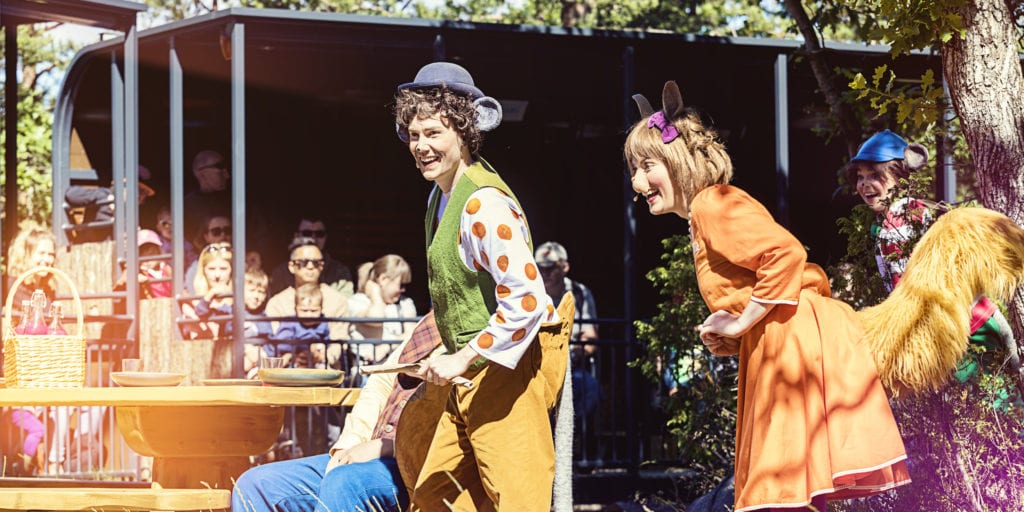
Dramatic lean improvement
CASE STUDY – How an amusement park in Norway is using lean visual management to support actors during their busy schedule and to give visitors an experience they will never forget.
Words: Eivind Reke, Organizational Secretary, LOS Norge, and Roy Bjerke, Entertainment Manager, Dyreparken.
Dyreparken is an amusement park in southern Norway. It is very popular with Norwegian families because it brings together the classic stories of Norwegian children’s novelists Thorbjørn Egner and Terje Formoe, a water park, amusement rides and a zoo with animals from around the world.
Up until 2016, the entertainment department’s productions had mainly consisted of classic long-form theater shows set on stage, or short street theater pieces that serve to add to the realism of the fictional worlds they have built in the park. The latter is performed throughout the day, at set intervals, with a couple of actors and a sound engineer hidden among the crowd. The street theater pieces are simple shows, and their success mainly hinges on the quality of the acting. In 2015, however, the department decided to develop a new attraction that would call for a complete re-think of how the theater is managed.
The challenge for Roy Bjerke and his team in the department was to transform the classic and cherished story of Dyrene i Hakkebakkeskogen (In the Forest of Huckybucky in English), a tale familiar to everyone in Norway, originally from a children’s book published in 1953. Condensing a story that in a traditional stage theater production runs for two and half hours into a 45-minute show set in a real wood is a hard task, with right holders keeping a close eye on the quality and use of the stories and characters.
Because the story takes place in a forest, it made sense to host the show in the park’s woods. Up until Hakkebakkeskogen, all sites in Dyreparken could be visited on foot (you can even spend the night in two of the sites), but with one million people visiting the park each year, visiting on foot wouldn’t be possible for this particular attraction. Experience had told them that one rainy day would turn the woodland into a muddy disaster, which would destroy the site. Creating paved routes was also out of the question (the other sites are a small city village and a pirate village, where this is not a problem). Instead, the team thought that visitors could visit the forest on board of a train (not revolutionary, as this is something that Disney and others have been doing forever, however not necessarily with real actors). For Dyreparken, this would be a new way of presenting a fictional setting and a new environment for theater productions.
The idea presented a new set of problems and, to tackle them, the team turned to lean thinking.

The first problem was to lay the foundations for a great customer experience for visitors on the train: comfort, and a great view from all seats are essential in theater. The team received drawings of train cars from the German manufacturer and spent some time mulling them over, without making a choice. To get a deeper understanding of would-be quality of the customer experience, Roy and his team found a suitable area, built a life-size model of the car, and enacted one of the scenes from the show with actors, costumes, sound and even a representative from the right-holding family. In doing so, they were able to make several changes to the cars’ design before production (for example, the ends were opened up and the height of seats was adjusted). Finally, they got the manufacturer to visit the park and where able to show them exactly what they needed from them.
The second problem the department faced was how to help the actors to perform a busy schedule (in season, three groups of actors would perform the show all day, every day with a new show starting every 15 minutes). There was a lot of discussion on layout, logistics and so forth, but Roy wanted to be able to test all hypotheses. In the end, he decided to learn some basic programming skills himself, in order to make a digital model of the forest set to play around with. The animation he made revealed issues that hadn´t been thought of, but it also helped the team frame and form countermeasures that would support their actors and help them focus on their performance. One of the countermeasures was a simple hut construction in the middle of the set, hidden from the audience, that would give the actors time to catch their breath before the next show. Funnily enough, the play’s main characters are a mouse and fox that would never dream of sharing a hut (which is aptly named “the mouse trap”); yet, here they would be taking a short break together, out of sight.

Once the schedule was established, Roy and his team realized the sheer number of actors who would be working during the summer season – all with different shift schedules and a range of roles to play. To bring clarity to this complex situation and better understand the problem, the team turned to visual management: they developed a board that helped them see and balance the workload of each actor. In doing this, they also realized that they could use the board for their daily management of the production. In the event of one of the actors calling in sick or being in any way unable to show up for the day, the team could immediately identify a replacement by looking at the visual board and its effective color code system. This mechanism also helps the team to cope with the amount of shows they run each season.
Ensuring actors could rest became an issue during the first season. Once they realized this, Roy and the team began to work to create an environment for the actors where rest between scenes and shows would feel natural. At first, they created a relaxation area in the forest with showers and sunbeds. When it became clear that actors only used the sunbeds, the showers were removed, and a smoothie bar was installed instead. Performers now had both an opportunity to refuel and a space to relax during their break.
The final problem was to make sure the actors were in the right place at the right time and that the right microphone was heard in the right area. The solution to this issue came from a combination of small ideas built into a visual control system for the actors. There are, for example, buttons around the forest that the actors can press when they are ready for the story to move forward. Until the button is pressed, all three shows running at different locations along the train ride are on hold, requiring the actors at the other scenes to improvise. If someone waited for too long, they would quickly get feedback from the other acting groups about this. It’s important to ensure a smooth flow of the production while allowing for some natural variation. Another board updates throughout the day, showing where everyone should be at any given time, eliminating the need for a stage manager or prompt. Along with many other small improvement ideas, this has taken distractions away and allowed the performers to really focus on their performance and on the interaction with the audience, creating the kind of experience and memories customers are after.
Working with visual management to develop and design the HuckyBucky forest helped the team to highlight the obstacles caused by decisions made at the design stage and create countermeasures and timely re-designs that has allowed for a better flow of the performance. What is also interesting is that, since the show started in 2016, the entertainment department has discovered that the fleeting nature of the experience (different from other attractions in the park, where people can stay for as long as they like) is causing many visitors to return year after year to re-experience the show. In essence, it created a longing for more: as one would imagine, this discovery is causing a rethink in the way new experiences and shows are designed at Dyreparken. Innovation in theater!
THE AUTHORS
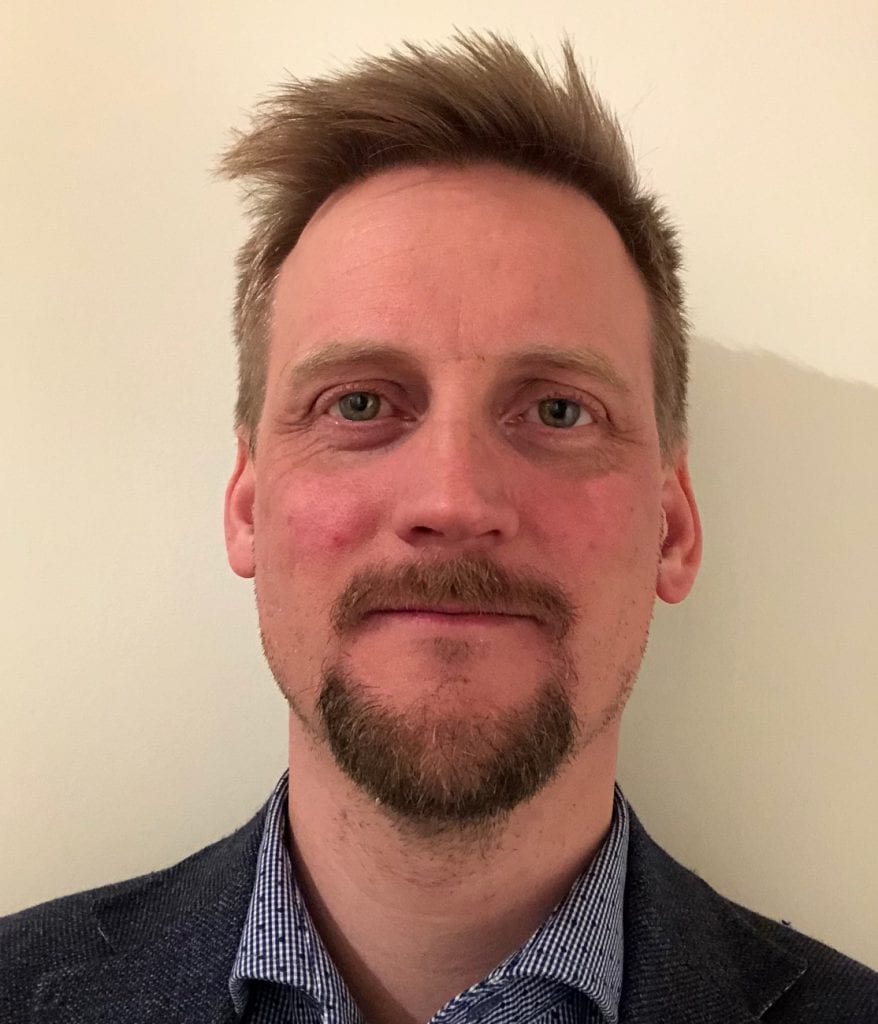

Read more
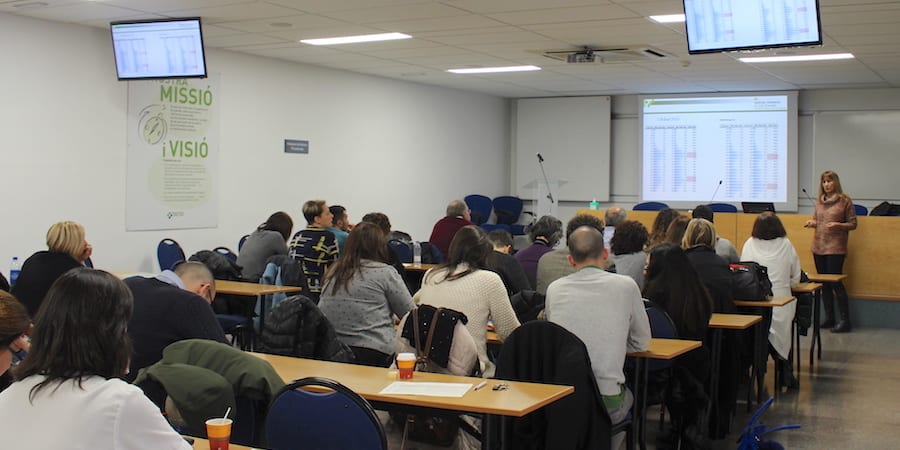

FEATURE – By bringing organizations together to regularly share updates on their lean journeys, Instituto Lean Management has managed to create a flourishing lean healthcare community in Catalunya. But hospitals aren't the only ones benefitting.


INTERVIEW – The extraordinary events of the past year have encouraged lean organizations around the world to ask deeper questions about purpose and value creation, says Josh Howell.
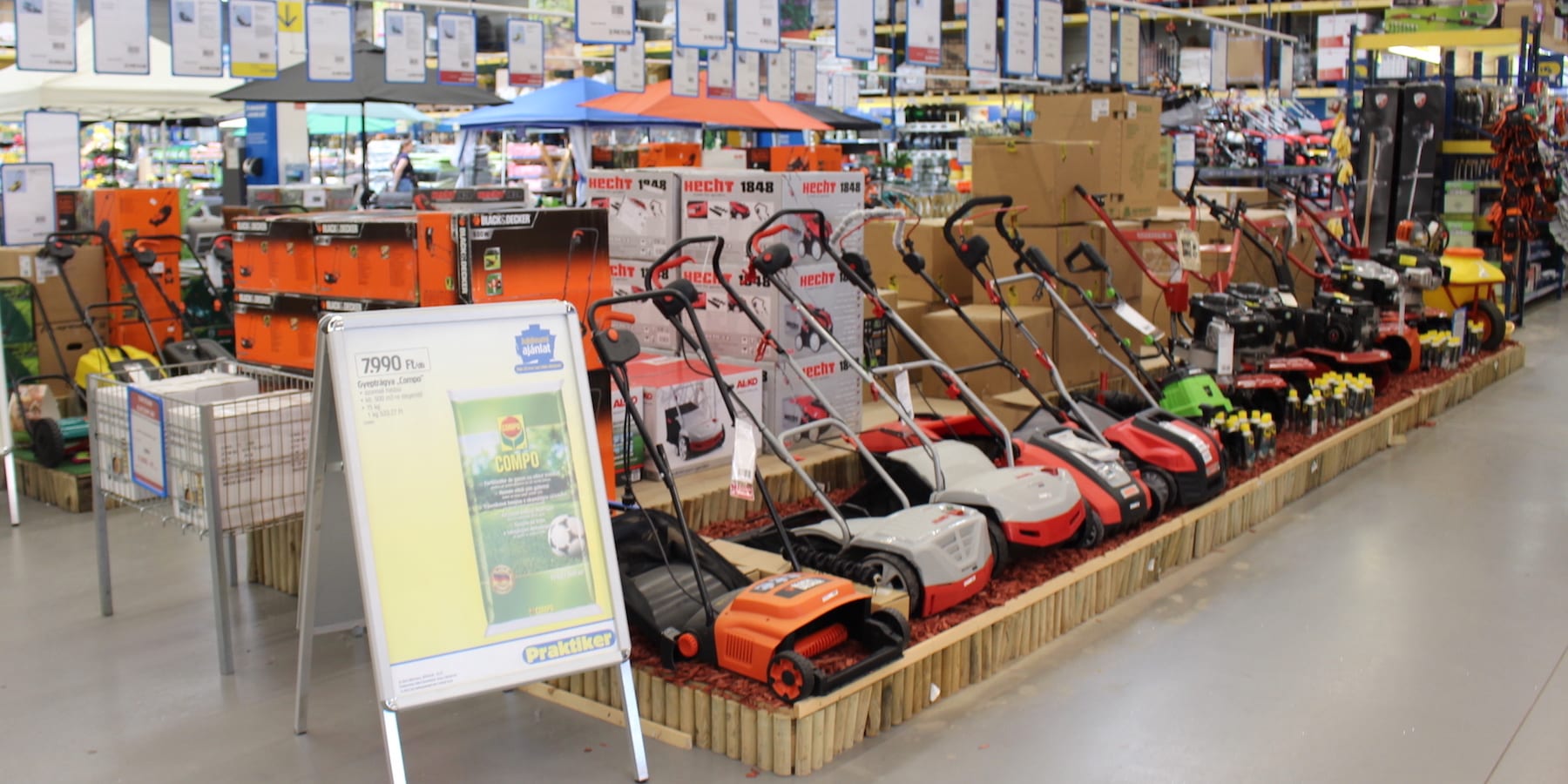

FEATURE – When Praktiker decided to turn to lean thinking, they were faced with the challenge of rolling out its principles and practices to 20 DIY stores. Here’s how they are trying to make it work.
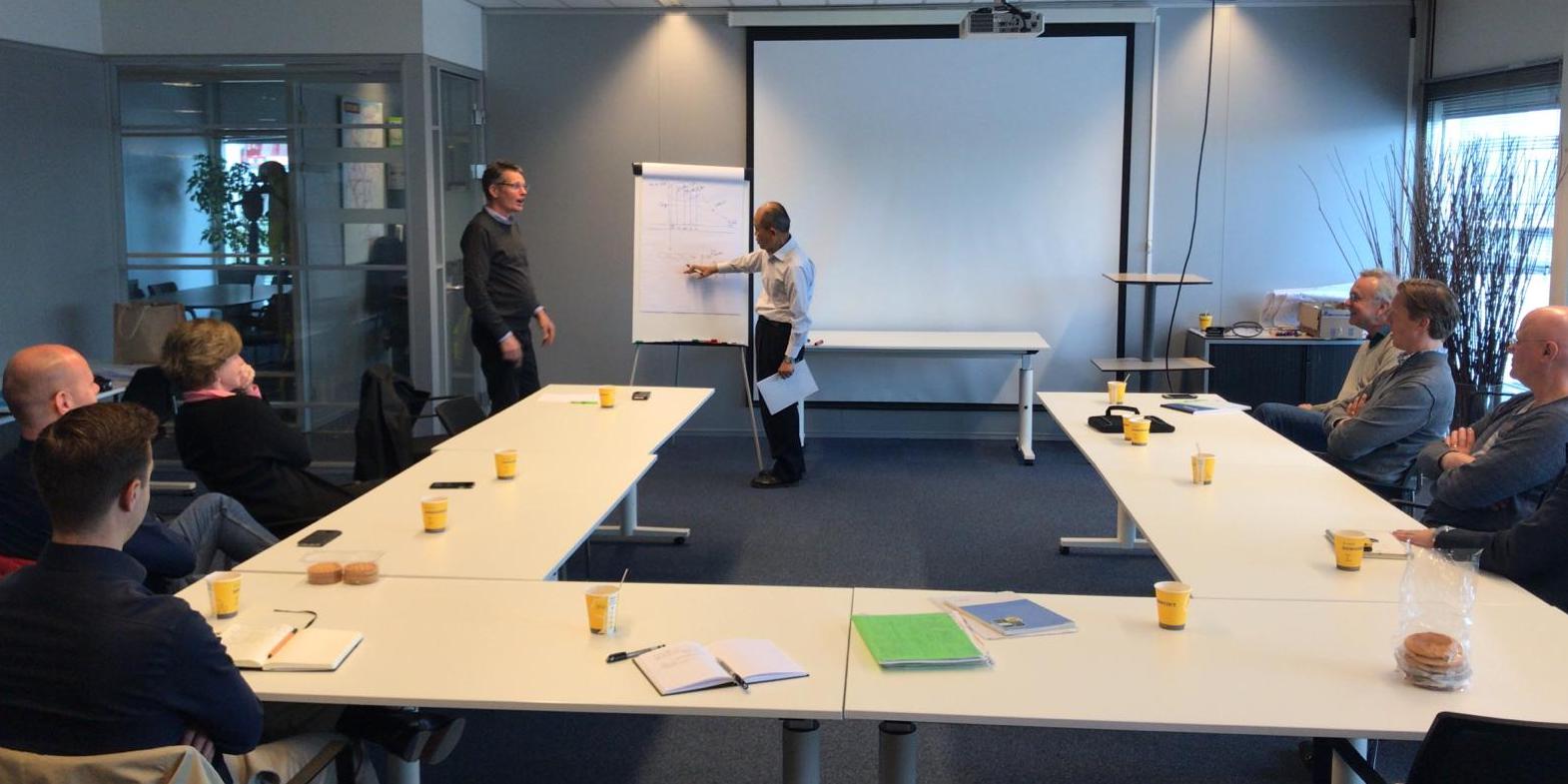

INTERVIEW – A couple of weeks ago, our editor caught up with Toyota veteran Sadao Nomura. In this Q&A, he discusses quality improvement and leadership engagement.

